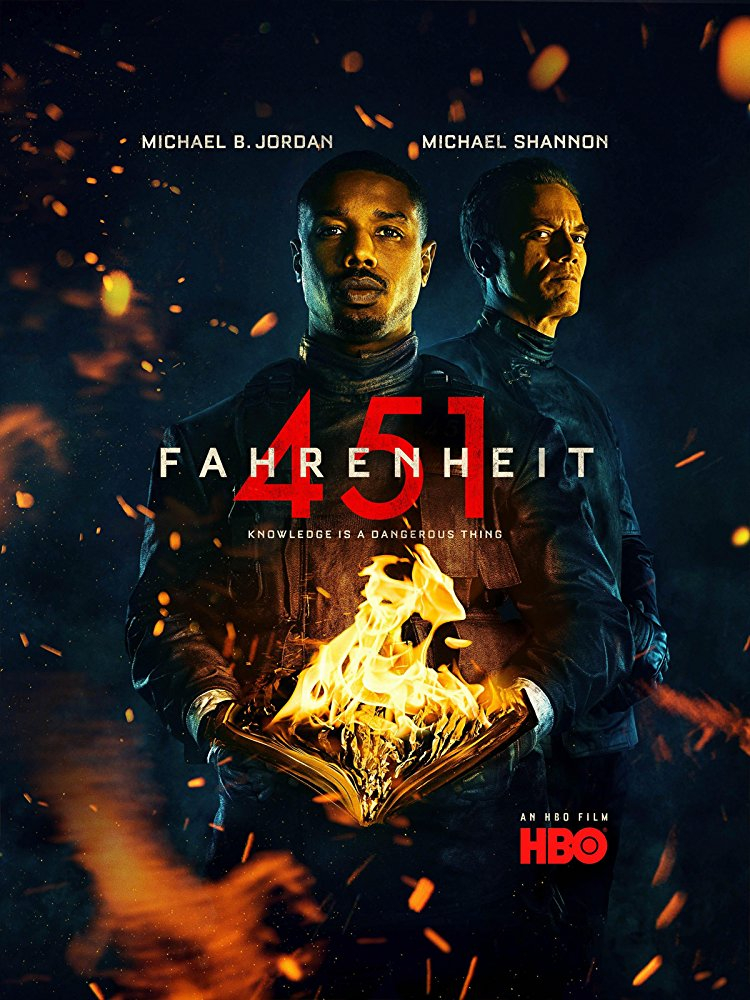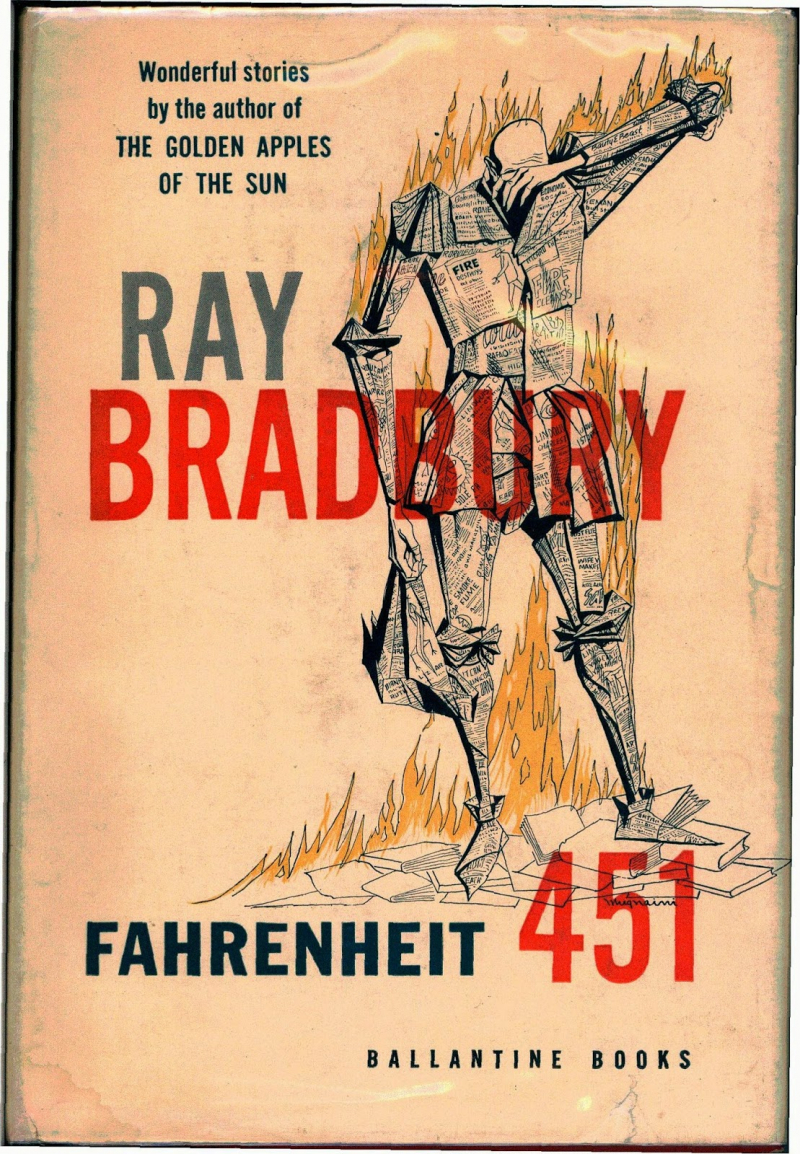Fahrenheit 451
Fahrenheit 451 by Ray Bradbury is rife with irony. In the dystopian future depicted in the 1953 classic, books are outlawed, but the irony doesn't end there. Firefighters are starting more fires than they are putting out in 2047, and they frequently seize and burn books while they do so. Technology has a significant role in society. It centers on Guy Montag, a firefighter who wonders why books were once forbidden. The cause is strangely similar to our current situation. It's all about manipulating the narrative and stifling disagreement by creating consensus.
The book Fahrenheit 451 has several straightforward themes. It's a tale about technology and how it could create more issues than it fixes. The key themes of the novel are unhappiness, knowledge vs ignorance, and a technologically-numb and technology-consumed civilisation.
Under the cover of profanity and drug-related conversation, Fahrenheit 451 began to be criticized everywhere. It has, however, placed a lot more emphasis on the book's discussion of the restrictions on free speech and the concept of censorship. The act of having books banned goes against the entire concept of free speech in a nation that supports the first amendment. Over the course of more than 50 years, the book has been changed, edited, contested, and downright prohibited in numerous states, districts, and educational institutions. It has continued to be illegal in many countries.
The novel imagined a far-off future in which knowledge was suppressed and society was deceived to shield its members from the truth by allowing them to live in ignorance. Although Bradbury's book Fahrenheit 451 was set in 2049, we can find examples of it in 2022.
Author: Ray Bradbury
Illustrator: Joseph Mugnaini
Country: United States
Language: English
Genre: Dystopian
Published: October 19, 1953 (Ballantine Books)












